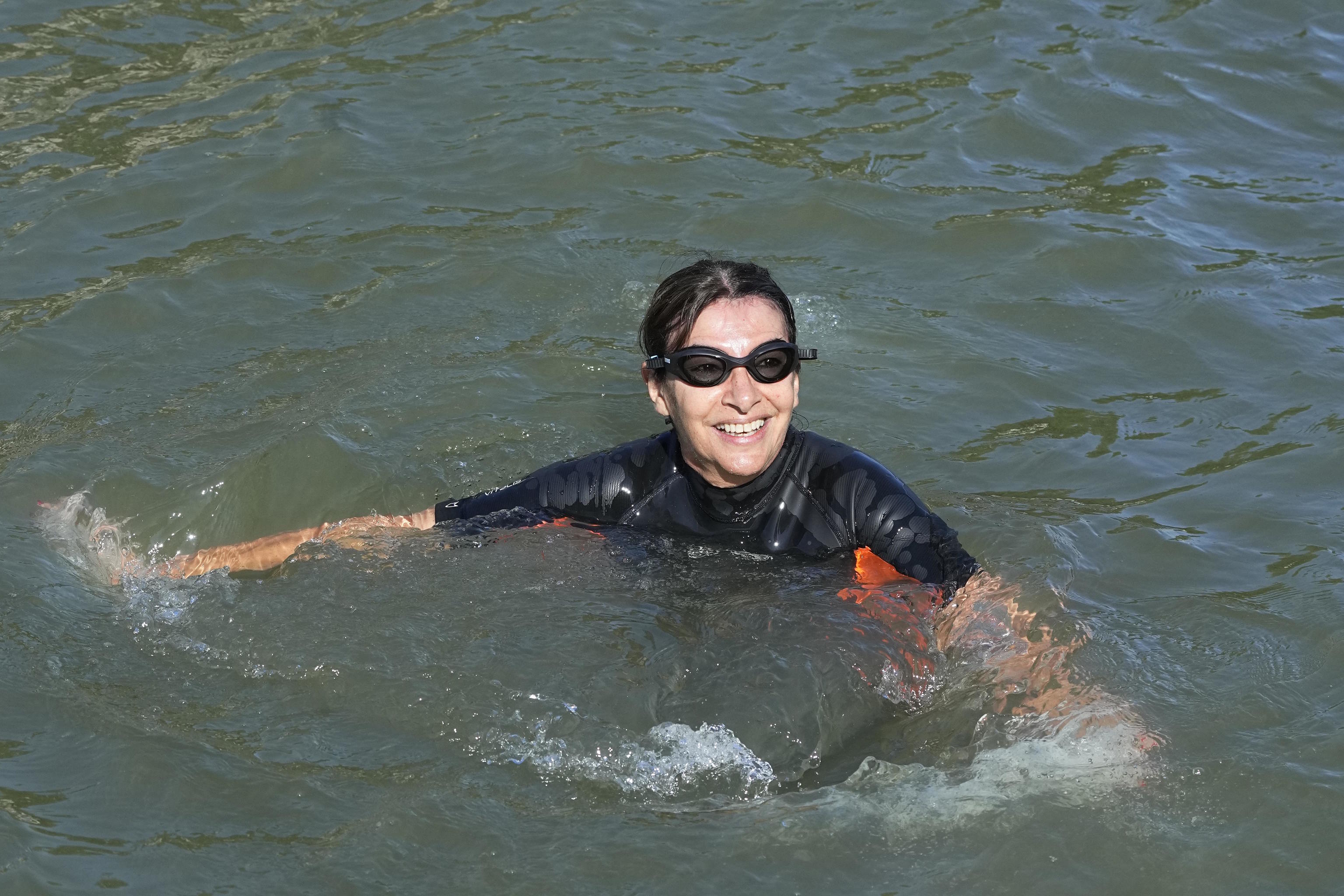After more than a hundred years, it will be possible to swim in the Seine River again. Parisians and tourists will take over from the triathlon athletes at the Olympic Games and will be able to dive into the river at three points starting from July 5 (as long as bacteria presence measurements for E.Coli and Enterococcus, which led to the postponement of the Olympic competition, are below the maximum allowed levels).
"It was an extraordinary moment, but swimming during the Games was not an end in itself," declared the Mayor of Paris, Anne Hidalgo, when announcing the opening of the river to the public. "Making the Seine suitable for swimming means responding first and foremost to the goal of adapting to climate change, but also to quality of life."
"As temperatures continue to rise, we will need spaces to cool the population," added the mayor, who took her first dip on July 17, 2024, and considers the opening of the Seine to swimmers as "one of the greatest legacies of the Games" (despite water contamination issues caused by heavy rains that led to the triathlon being postponed).
The most central bathing area will be Bras Marie, next to the Île Saint-Louis and a stone's throw from Notre-Dame. Near the Eiffel Tower will be the Grenelle bathing area, with a large sunbathing area and a safe river pool for families and children, 40 to 60 centimeters deep. However, the most impressive will be Bercy, in the 12th district, with a capacity for 700 people and bath basins protected laterally.
These will be joined by the two summer bathing areas in the Canal Saint-Martin and La Villette, which anticipated the Paris Plages concept that now extends along the Seine banks. Access to the five facilities will be free, with nautical activities and cultural and sports entertainment.
Paris is doubly celebrating these days after rising to the top of the ranking of European cities with the most child-friendly mobility, surpassing Amsterdam and Copenhagen for the first time (Barcelona is seventh) according to a recent study by Clean City Campaigns.
The initiative of school streets, near schools, has spread to more than 150 urban roads, while the city has given an extraordinary boost to the creation of segregated bike lanes (180 new kilometers created for the games) and the creation of garden streets, recently supported in a referendum.
